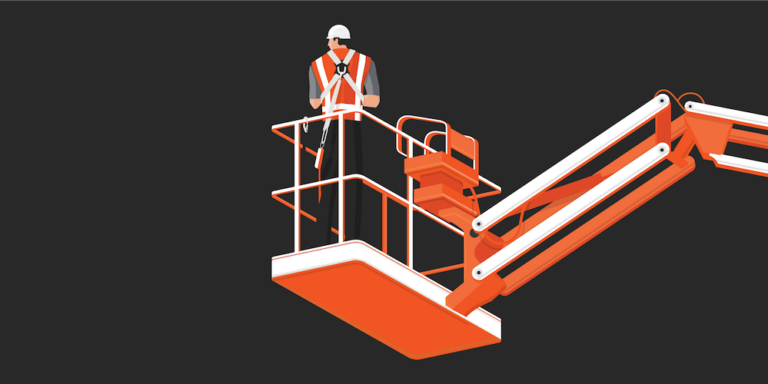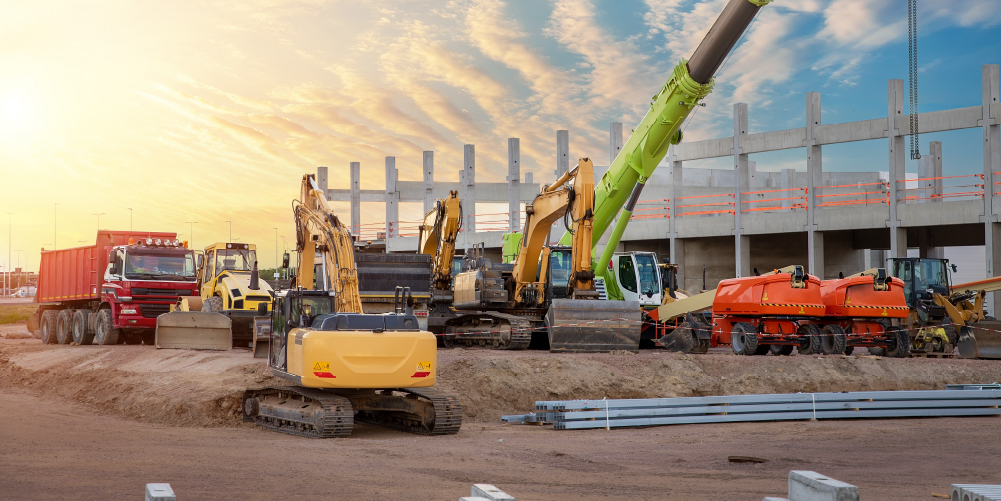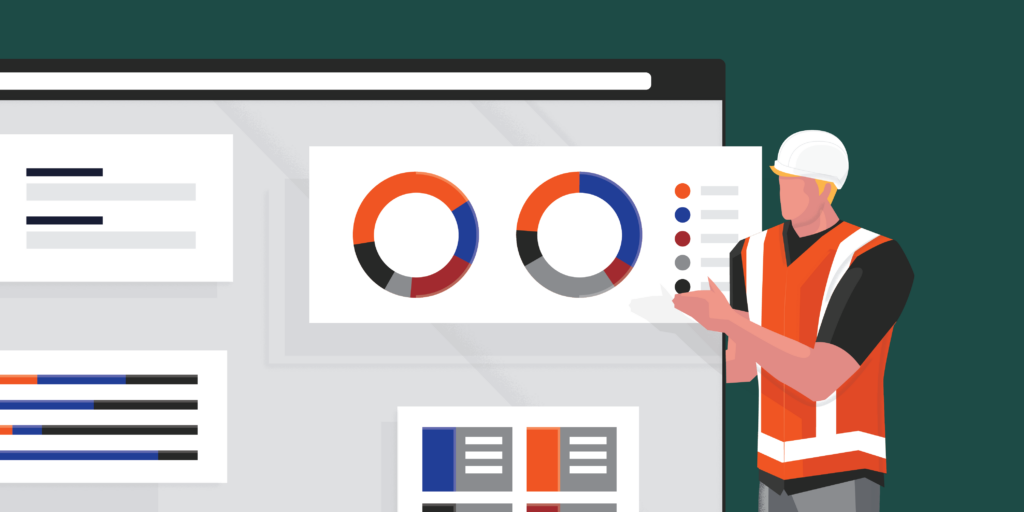— 4 min read
Construction Incident Report
Last Updated Jun 11, 2024
Last Updated Jun 11, 2024

Accidents happen, and even best-laid plans can go wrong. As the construction industry continues evolving rapidly to build faster than ever before, incidents can still occur on the most proactive of job sites.
While you can’t always prevent accidents from happening, you can arm yourself with the tools to respond quickly and thoroughly when they do. A detailed construction incident report is essential to help companies identify future risks and develop better safety procedures.
Table of contents
The Importance of a Construction Incident Report Correct
Responding to an incident on the job site can seem daunting. However, properly documenting the incident -- even in a stressful environment -- is critical. Doing so can keep projects on track, mitigate risk, and demonstrate your company’s commitment to keeping your workers healthy and safe.
Over the years, there has been a rise in the awareness and tracking of incident rates as a powerful metric to benchmark a company’s safety performance. In fact, poor rates can lead to more surprise inspections and higher insurance premiums. It pays to be safe.
Types of Construction Site Incidents
It’s no secret that construction can be dangerous. Working on a job site carries inherent risk due to the sheer volume of potential dangers present at all times. Keep reading to learn more about some common buckets that construction site accidents can fall under.
Serious/Catastrophic Events
An unexpected accident that results in death, permanent harm, severe, temporary harm, psychological injury, or the risk thereof, is considered a serious/catastrophic event. Typical examples of such injuries include falls, accidents caused by falling objects or moving vehicles, as well as a scaffolding collapse that results in hospitalization, the loss of a limb, or loss of motor function.
First Aid-Only Events
Minor cuts, scrapes, burns, or injuries that happen on the job that don’t require a trip to the doctor fall into the bucket of first aid-only events. In other words, health and safety services are administered on the job site.
Medical-Only Events
A medical-only event is when someone seeks medical treatment beyond first aid, but it does not result in hospitalization, lost time from work, or permanent injury. For instance, going to the doctor to see if you need stitches but being told they’re not necessary.
Recordable Events
Recordable events can be those that result in death, days away from work, restricted work, transfer to another job, medical treatment beyond first aid, or loss of consciousness. Injuries and illnesses include any work-related diagnosed case of cancer, chronic irreversible diseases, fractured or cracked bones or teeth, or punctured eardrums.
Report-Only Events
Near misses are a common type of report-only event: Serious bodily harm and/or property loss didn't result, but it could have (for instance, if a hammer falls from scaffolding and nearly hits someone on the head). Near miss incidents often precede loss-producing events, but they may be overlooked since there was no harm at the time.
Lost Time Events
A lost time event is when an occupational injury or illness prevents someone from being able to work their normal shifts. An example is someone who shatters their ankle after falling off a ladder and can’t return to work for a month.
Construction Incident Report Templates
The primary purpose of a construction incident report is to uncover the circumstances and conditions that led to an event to help prevent similar future incidents in the future. Depending on the severity of the incident, the report may be circulated within the company or externally to insurers, regulatory bodies, and possibly others. Properly evaluating and selecting the right form will ensure all critical information is recorded.
Each province has its own Occupational Health and Safety ministry with relevant forms and templates for recording and reporting an incident. For example:
- In Ontario, the Ministry of Labour, Training, Immigration, and Workforce Development uses Form on00276e: Report of a workplace fatality, injury, illness or incident.
- In Quebec, CNESST publishes the Registre d'accidents, d'incidents et de premiers secours (French only)
- WorkSafeBC provides the Employer's Report of Injury or Occupational Disease (also available in French), which you can download as a PDF or submit online
However, other templates can also be used as long as they include all the information required, which typically includes:
- The how, where, when, and whom.
- Description of incident.
- Findings.
- Corrective actions and improvements.
- Conclusion.
- Appendix - attachments, witness/team statements, notes, photos, sketches, etc.
Resources & Tools for Jobsite Safety
The construction incident report is a key part of any successful workplace safety program. Safety programs can decrease the likelihood of an injury by half, lower your EMR (experience modification rate) to save you money, and empower employees to become safety champions.
Technology and software solutions, like incident reporting tools, empower superintendents, project managers, and safety professionals to record safety incidents more easily. Construction companies can use the data collected to use predictive analytics to predict risks on future projects and take preventive measures to reduce incidents.
Check with the local ministry or agency in charge of occupational health and safety for more resources and tools.
Quick Links
- Quebec: CNESST
- British Columbia OHS: WorkSafeBC
Categories:
Tags:
Written by
Harshil Gupta
24 articles
Harshil Gupta is a Product Marketing Manager at Procore. Backed by a stint in engineering and rich experience in growth and product marketing, he's enthusiastic about the role of technology in elevating and enabling other industries. He lives in Toronto.
View profileExplore more helpful resources

Equipped for Success: The Risks and Rewards of Construction Equipment
Even before written language, humans used tools to build. Contractors couldn’t have built the amazing feats seen and used in everyday life without machinery. From handheld tools to multi-storey tower...

The Percentage of Completion Method Explained
Accounting for income and expenses can present a real challenge for contractors, especially on long-term projects. The percentage of completion method is one of the most common methods of accounting...

What Is a General Contractor?
In the construction industry, a general contractor is the person or company responsible for overseeing a construction project. Property owners will typically hire general contractors to ensure a construction job...

MasterFormat: The Definitive Guide to CSI Divisions in Construction
Often referred to as the “Dewey Decimal System” of construction, the Construction Specifications Institute (CSI) MasterFormat is the industry standard in North America for organizing construction specifications. This system enables...